It might be tough to hear or, rather, read. Yet there are some science facts out there that are so mind-numbing to know that you might be changed forever learning of them. Since we do not like to be the only ones miserable from our massive amount of often useless knowledge, we decided to tell you some of these crazy science facts. We did not want to include stuff you might already know. Therefore, we avoided things like telling you how long the Earth has been around and how short human life as we know it has been here. We also did not want to go over things like Climate Change, as it is a topic that seems to upset someone in some way all the time (it’s real by the way). Yes, we’ve seen your letters, Jerry!
That said, our focus encompasses a lot of the compelling sectors of science. Mostly, we will go over things regarding our planet, the universe, life, and much more. The idea for this article, however, is to tell you of the stuff that might keep you awake at night having learned of them. Don’t worry though. After the nightmares wear off, you’ll just have the twitches to worry about. Those go away with 50 hours of therapy. With this slight bit of warning out of the way, let’s get started on science facts that are scarier than any horror movie!

1. Bamboo Was Used As A Torture Device By Simply Growing
Bamboo is one of the most impressive plants you’ll ever see. We use it in a lot of different things and have done so now for thousands of years. It was mostly native, originally, to Asian nations. In particular, closer to water sources. The Chinese utilized it for many years to make weapons, clothing, and much more. Yet it was the Vietnamese who took its use to the next level. They used bamboo as a torture device. They would put someone over the top of growing bamboo, which can grow up to 36 inches in just 24 hours! The Vietnamese did this because they knew that bamboo can actually grow right through the human body.

The interesting science facts sector about this is that this method was incredibly successful and worked using regular plants. The bamboo will slowly, and painfully, stab slowly through until completely grown. It was considered to be some of the worst torture imaginable and was practiced for a long time. Some claim it was even utilized during the Vietnam War.

2. Three Rights Make A Left
Just think about this for one second. Have you ever been in a city and found yourself lost or unable to find your way around a particular road? Perhaps you notice there is only a right that can be taken yet you need to go left to eventually reach your destination. In most cities, the way around this is to simply go right once, take the next right, then take the following right.

Once you do this, you have been able to take the left turn you originally needed to make. If it is hard to imagine, simply hold your left hand up and turn it to the left. Now, use your finger in the air to take three right turns. It’ll essentially create a sideways, upsidedown “U.” This is actually the only “U-Turn” legal in every single city in the United States. Science facts like this will likely be helpful when you get caught up in a city somewhere in this country. It happens to the best of us.

3. The Government Regulates Blood & Pus Inside Consumed Products
The place many assume things do not fall through the cracks is in the drink & food world. Clearly, nothing bad is getting inside the stuff we’re consuming, right? Wrong! While every country has its own way of handling this, the United States regulates how much puss and blood gets into things we consume.
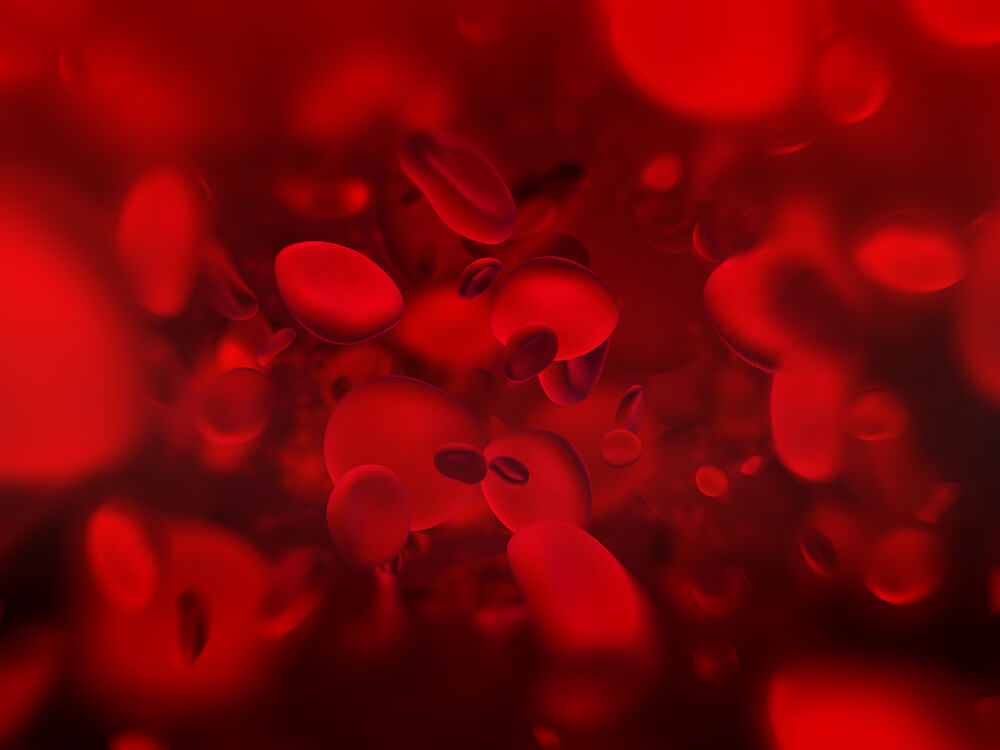
This is a much bigger thing when it comes to milk. Blood and pus from potentially animals or humans will get in there Yet the big thing to remember is that the regulation is put into place because they feel a certain amount is acceptable before it’ll be harmful. Milk is also pasteurized, making this a much easier area to remove most blood & puss. Science facts like this make us want to throw out everything in our fridge right now!

4. There Is An Entire Kingdom Of Mites Living On Your Eyelashes
Did you know your eyelashes are hiding an entire kingdom of living creatures? Think of it like the Dr. Seuss book Horton Hears a Who!, in that there is a speck that most cannot see. Sadly, humans are not elephants with perfect hearing like Horton. Thus, we cannot usually see this Kingdom of Mites. Usually, they aren’t harmful, but here is a bit more information on this little universe living in your eyelashes.
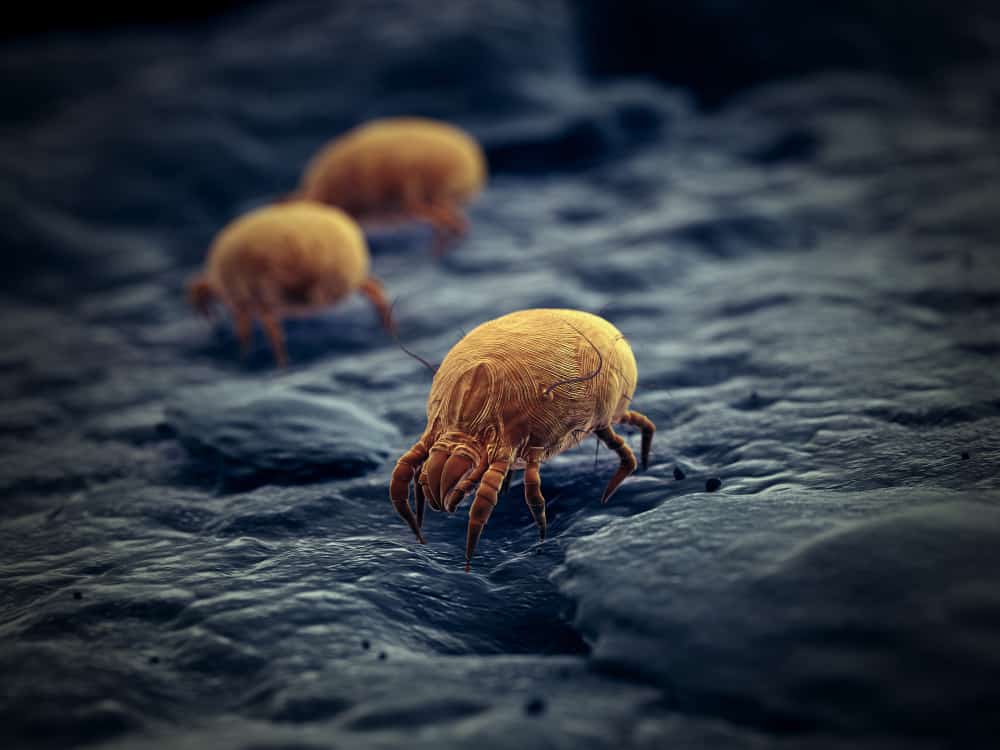
Yet these microscopic beings are living right there. This is one of those crazy science facts that can kinda creep you out. They crawl around and move about all day long without ever really knowing how or why they are there. They eat, mate, and use the restroom right on your eyelashes. Some have even been known to accidentally get into your eye. By the way, no, water won’t get rid of them. If it could, they’d go away with every shower, right?

5. Your Body Has Completely Different Atoms Right Now Compared To Last Year
Science facts like this amaze us when we think about it. You likely know by now that dead skin falls off of human skin a lot. Our dead skin is often what makes up most of the dust in our home too. Yet you do not just shed skin cells, you shed atoms too. Our bodies were made up of several atoms, but many do not realize that we develop new ones and shed the old ones. This happens literally all the time. There are some atoms developing and dropping right now as you’re reading this. Before you finish the next sentence, atoms have dropped and others have formed!
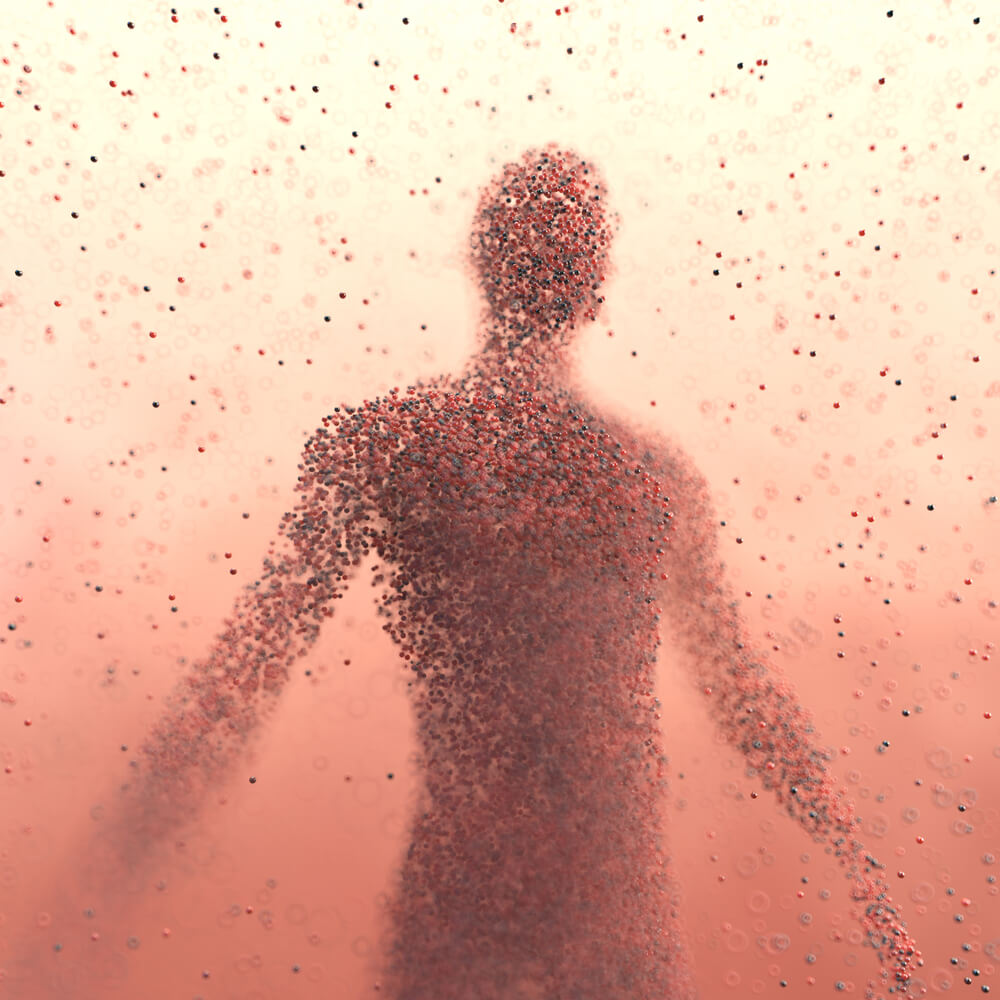
Right now, compared to last year, your body is made up of almost entirely different atoms. If that does not freak you out, consider the fact that you have seven octillion atoms in your body. To shed all of them in a given year, you’d have to rid yourself of around a quintillion a day. That is actually pretty crazy to think about!
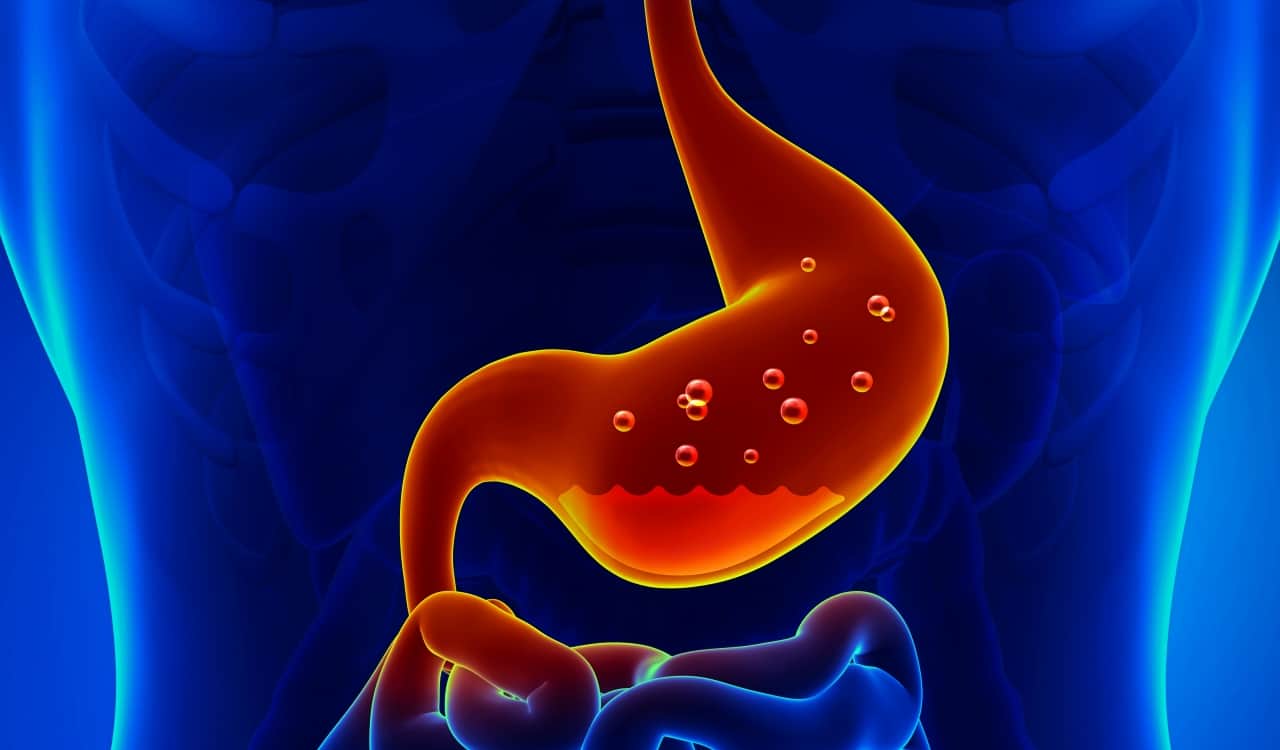
6. Stomach Acid Is Strong Enough To Melt Stainless Steel, Yet We’re Unharmed
One of the biggest science facts that amazes us is how incredibly strong stomach acid happens to be. It has been proven to be capable of completely melting stainless steel. To get an understanding of this, the temperature this type of steel usually melts at is around 2,750 degrees Fahrenheit or 1,510 degrees Celcius. We house this stuff in our bodies and if we took it out of us, it would completely melt our skin off if we touched it.
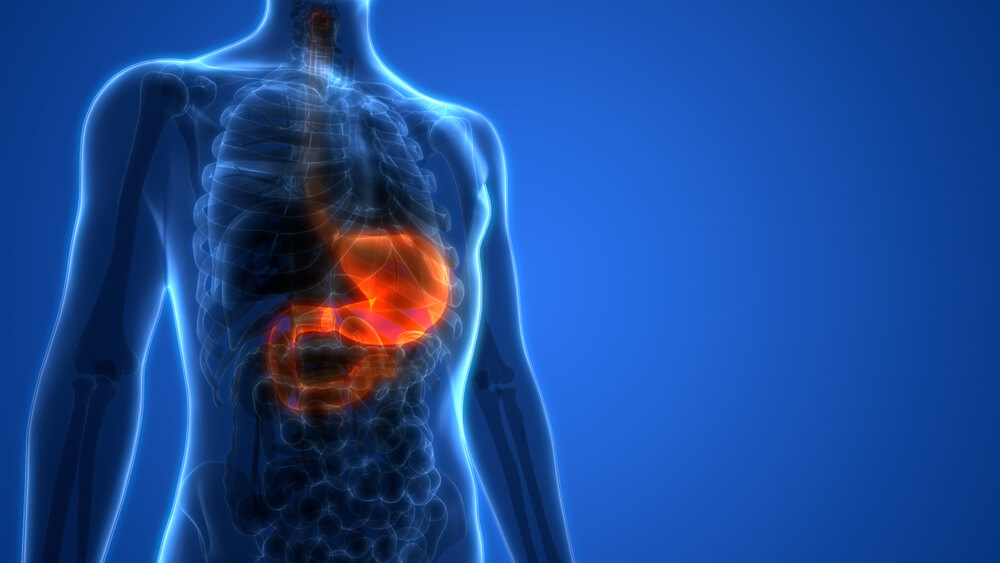
On top of that, bones melt at just a little over 3,000 degrees Fahrenheit. Thus, it could likely nearly destroy our bones too. How does it remain in our bodies without killing us? Thankfully we have an incredible gastrointestinal system. Our stomach acid is basically hydrochloric acid that is made by the stomach’s cell lining or parietal cells as well as our gastric glands. Meaning, the area that houses our stomach acid is pretty much the same area that makes it. That is how we can remain unharmed by it.

7. Your Toothbrush Most Likely Has Fecal Matter On It
Most people know by now that if you go to a public restroom and use the hand-dryer, you’re basically blowing fecal matter on your hands. Think about where it is getting the air from people… Yet this happens as well when it comes to your toothbrush, and it seems that many do not know about this. Your toothbrush collects fecal matter every time you flush your toilet. Some of you may know this if you had a science teacher that loved to gross you out in school.

Specifically, you’re going to get more fecal matter on your toothbrush when you flush the toilet after a bowel movement. One you know this, it’s hard not to think of it every single time you brush your teeth. Of course, there are ways to prevent this problem. You can put a small cap on your toothbrush or put it inside a cabinet close to your sink. Both would prevent most or all of the potential fecal matter from getting on it.

8. Fleas Move Faster Than The International Space Station
You might not realize it, but fleas are outrageously fast. Many of us have probably watched a countdown list on Animal Planet that highlights the abilities of a flea in “The Most Extreme”. In fact, fleas jump up to 3 inches in just a millisecond. Not only is that amazing in comparison to a flea’s body size, but the acceleration like that is what’s truly out of this world. Acceleration like that is nearly impossible. We often measure this in terms of “G’s” or the force of gravity.

The space shuttle has a maximum acceleration of around 5 Gs, or about 5 times the force of gravity. Come to think of it, that’s an incredible amount of acceleration for such a massive object. If you look closely at a jumping flea, it can jump as high as 3 inches under a millisecond. When this happens, it can experience up to 100 Gs of acceleration. How are they able to do this? The secret is in the anatomy of the flea itself. They all have a stretchy, almost rubber-like protein on their body that aids them in their movement. They use this protein to store energy and rapidly release energy.
So, the tiny little bug can actually achieve 20 times the acceleration of the space shuttle when it jumps.
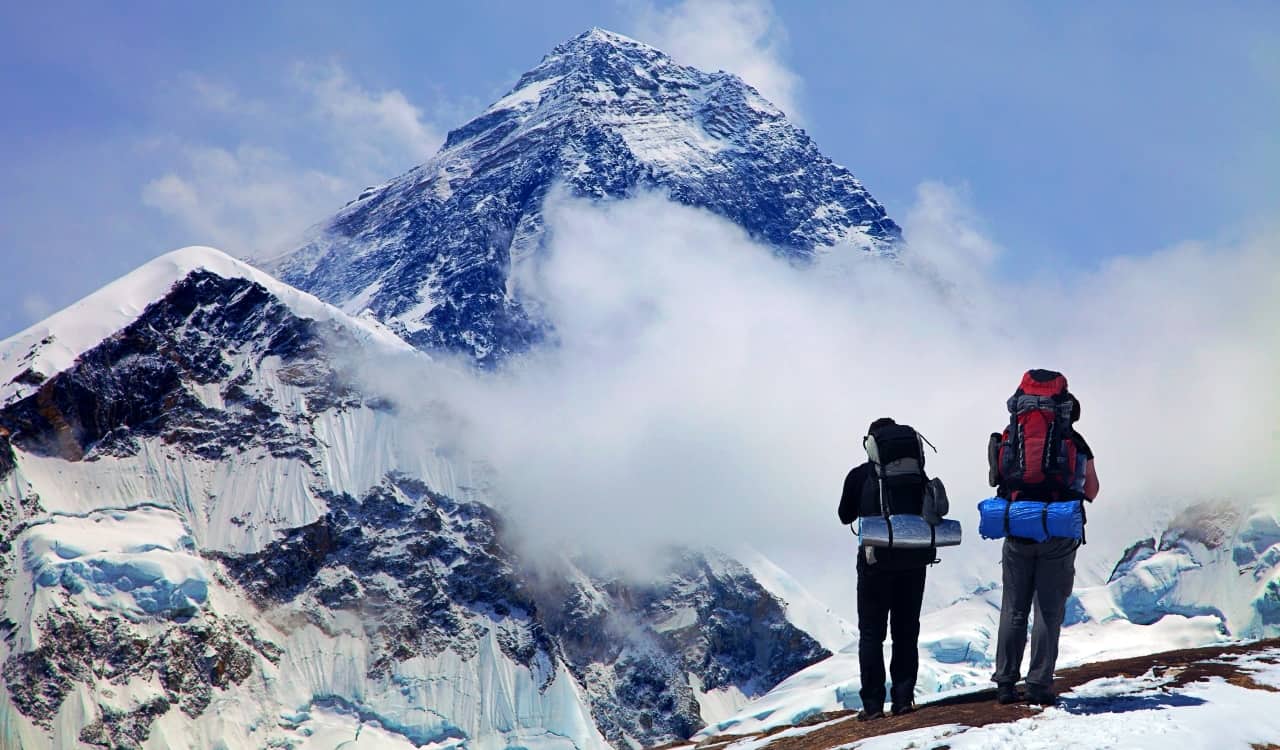
9. Mt. Everest Is A Frozen Graveyard
It is said that the most dangerous job on the planet is being a guide for Mount Everest. Many people train for and attempt this incredible challenge every year. And every year, Mt. Everest claims those daring lives. In fact, 2019 was one of the deadliest climbing seasons to date, claiming 11 lives. The Sherpa handle this completely and live in the area. The money that comes with this job is very good, and the potentially poorer area utilizes it to the best they possibly can. Yet this job has led to the deaths of dozens of Sherpa alone. Yet those with or without guides have died here too.
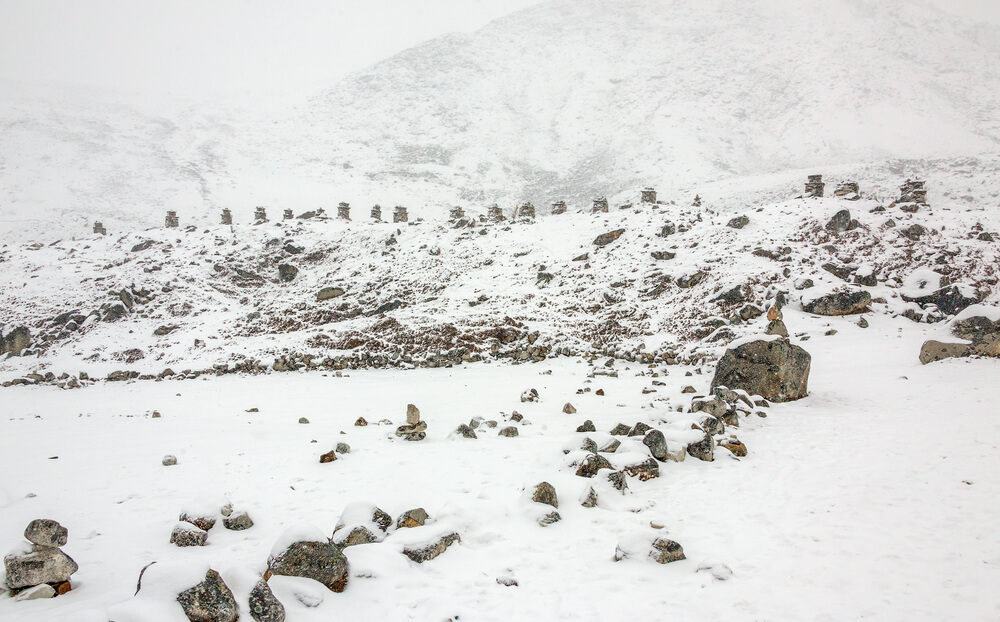
This mountain is filled with bodies all over it of people who have died for numerous different reasons. Some were frozen alive due to the cold, as there have been people caught in blizzards. Some died from avalanches. Regardless of why or how they die, none of the bodies present here have been recovered obviously. Therefore, anytime you’re traveling up this mountain…you’re potentially walking right above hundreds of corpses from those who died. If that makes you feel uncomfortable, just think about how the Sherpa must feel!
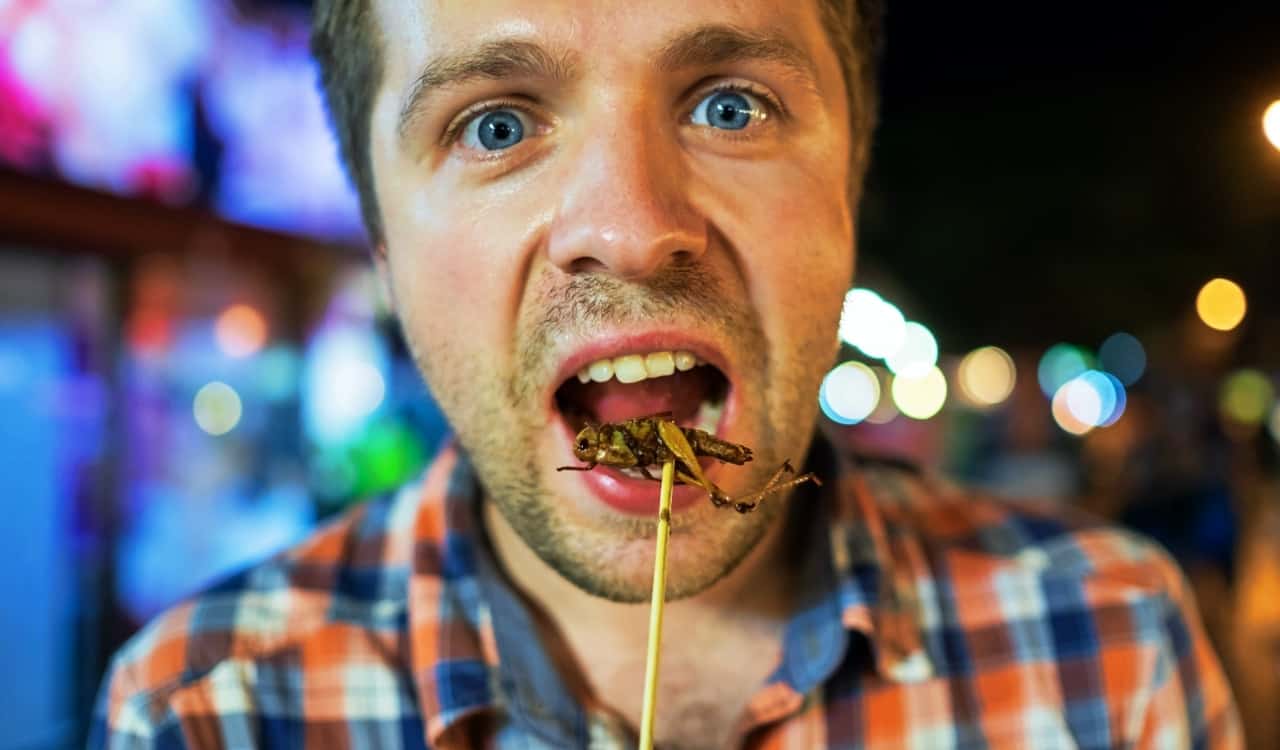
10. You Probably Eat Insects, Without Realizing It, All The Time
This is one of those science facts that might creep you out. You likely eat bugs a lot more than you realize. It is true that issues can happen in packaging, but sometimes insects get right in our food or drinks while they are being made. But before you stress out, make sure you finish reading the rest of our explanation.
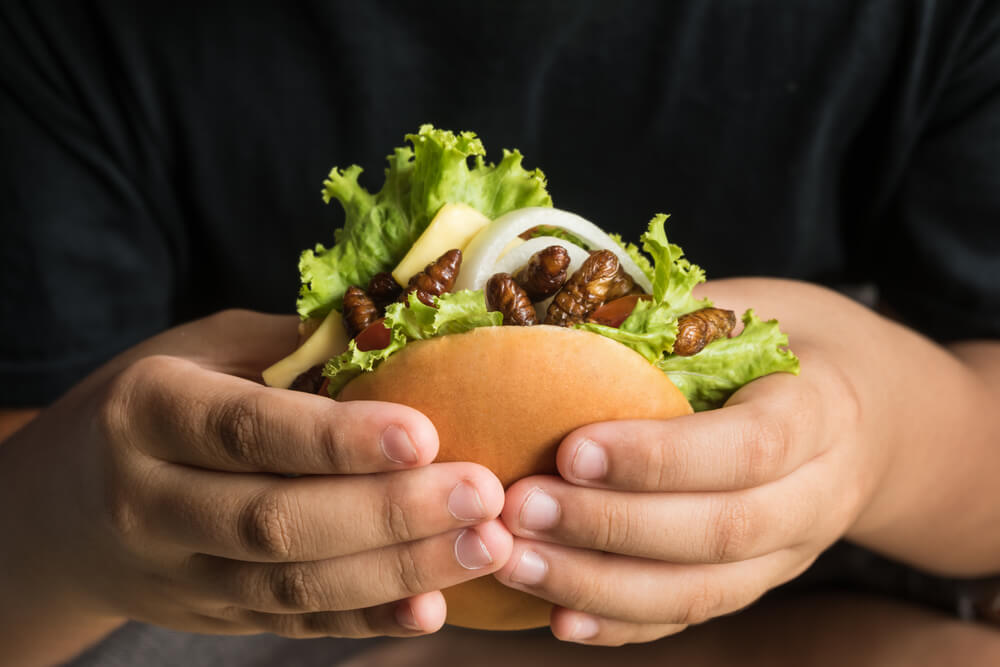
Likely the biggest area you have eaten bugs in, for sure, is the plant, veggie, and fruit products. Of course, they all come from the outdoors or from Greenhouses. It does not matter which you’re discussing, however. At the end of the day, bugs will still be around them. Since most of them grow outside and are sold off by farmers, it’s clear that bugs are going to be around during their collection process. Bugs might be inside or just near them at the time and get caught. Even if you can’t tell initially, trust us when we say they’re in there. A study found that on average, we eat some sort of bug bit up to 140,000 times per year – many of these are microscopic.
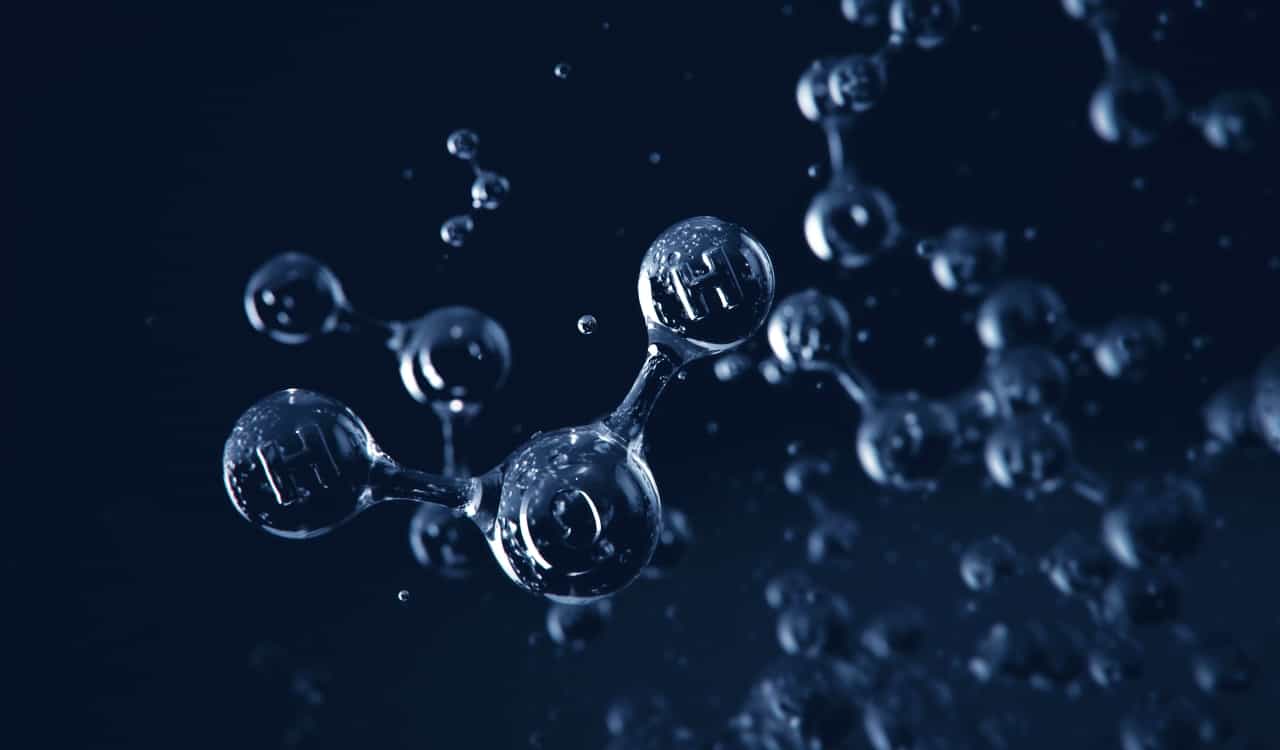
11. There Are More Atoms In A Glass Of Water Than There Are Glasses Of Water In The Ocean
There is A LOT of water in our oceans, so it might be odd to assume that there could be anything that can override that. You’re talking about a lot of water, right? Yet in just one glass of water, there are more atoms than there are glasses of water possible to collect from the Earth’s oceans. While the more scientifically-minded among us may understand and think about this regularly, many others may not look at it this way. Let’s examine this further.

Let’s say that a glass of water is only 200 millimeters, this is equal to the same amount in grams. We now need to simply come up with our water molecule rate for 200 millimeters of water. Of course, this comes out to a pretty massive number. The rate we come out to is 6.6855 x 10 to the 24th power (or 6.6855*10^24). Meanwhile, if we were to collect glasses of 200 milliliters of water from the ocean at a time, we could only reach 6.67 x 10 to the 21st power (or 6.67*10^21). Meaning there are a lot more atoms in a single glass of water than there are glasses of water in the ocean itself. In fact, it’s about 1,600 times as much!
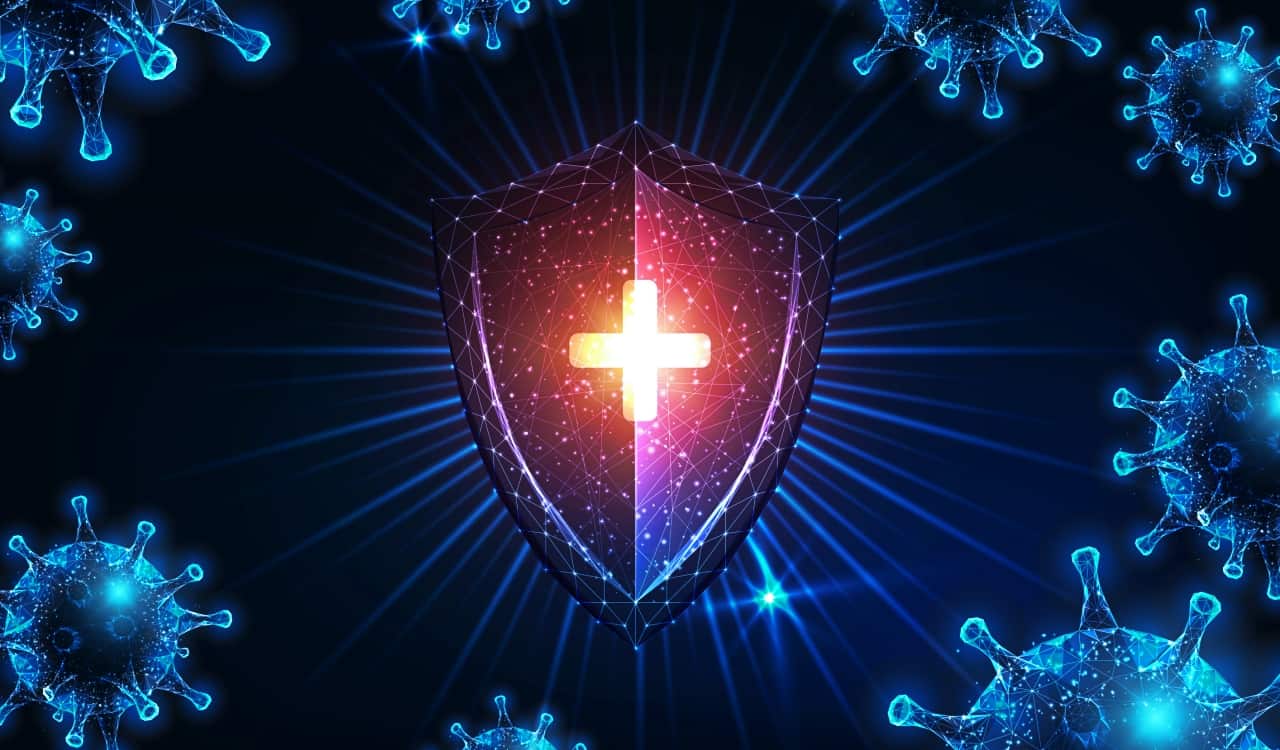
12. Our Inner-Immune System Would Hate Our Eyes
Our immune system is a terrific thing that literally keeps us alive. Without it, we could get sick and never be capable of fighting off illnesses. In fact, did you know that antibiotics actually do not get rid of your infection? They merely help with the symptoms caused by the infection while our immune system is actually what gets rid of the infection. But our eyeballs would wreak havoc on our immune system if they were a normal part of the equation.
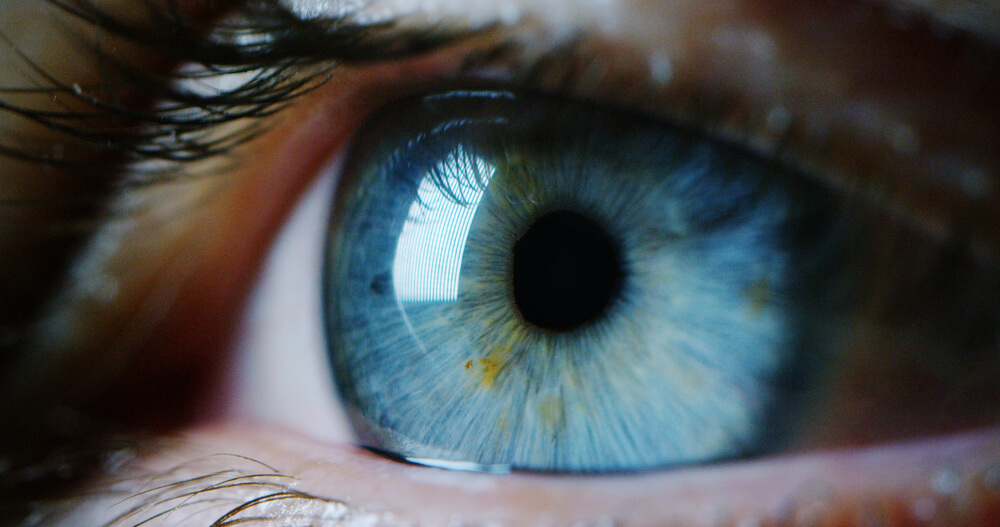
As you can see, the immune system is important. Yet our immune system is not a fan of our eyes. We have a lot of things that protect our eyes such as our eyelids and eyelashes. We do still have a minor immune system that helps them but it’s the outer sector and not the inner immune system. If our inner immune system were to spot the eyes, they would see them as invaders. Due to this, they’d go on the attack and seek to destroy our eyes. The inner immune system does not normally have access to our eyes, so this is typically not a big problem for people. However, this does occur at times. When it does, the person’s immune system attacks to the point that they can make a person completely blind.
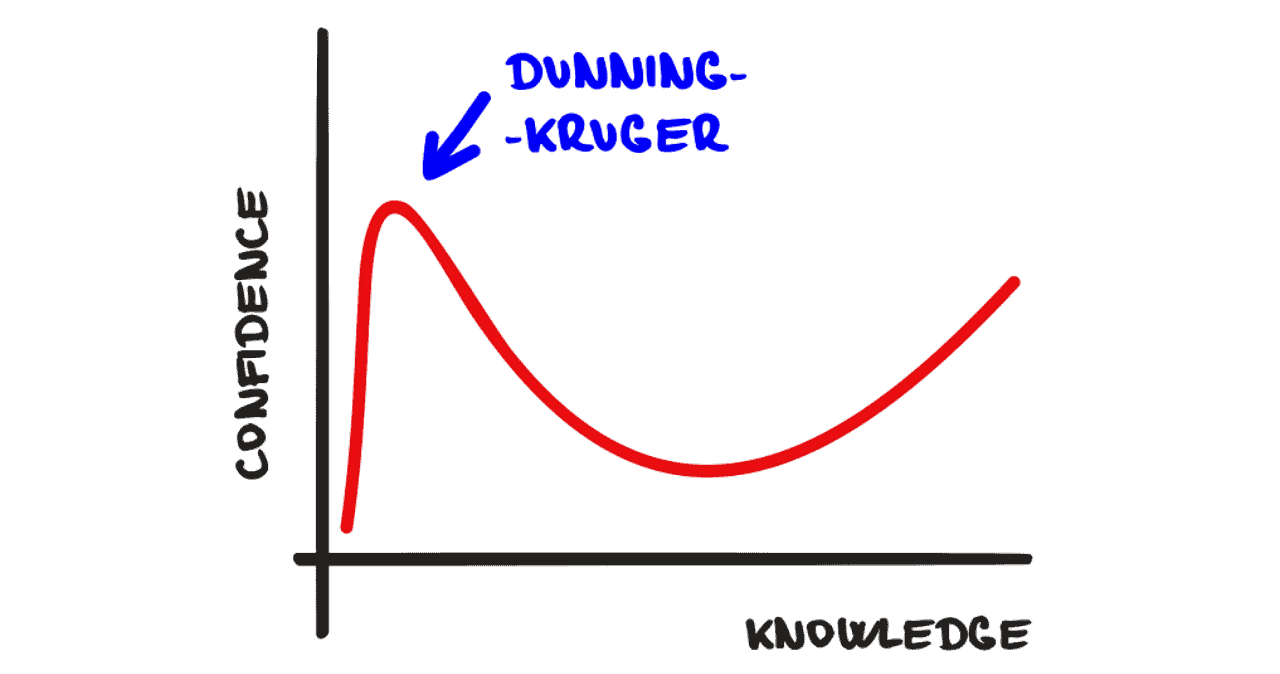
13. Less Intelligent People Have A Higher Than Average Scale Of Confidence
It was found via the Dunning-Kruger Effect that people who are the most confident about a particular subject tend to be the least knowledgeable on it. They also found that those who lacked confidence in how much they know often tend to be the most knowledgeable on a particular subject. This is a bit confusing when laid out this way. Let’s take a look into what that actually means.

Essentially, a person lacking confidence knows that they could be missing something. A person’s ignorance makes them feel like they know more than they actually do. They simply do not know what they do not know. The Dunning-Kruger Effect translates to intelligence overall too. People who tend to second-guess themselves or feel that they are unsure of something are usually the most intelligent. Those who feel certain when they shouldn’t be, are the least intelligent on average. This does not mean it translates to ALL people. Rather, it is merely the total average of people both intelligent and less intelligent, based on their confidence level. Confidence can be very useful even when misplaced. It often leads to similar accomplishments compared to those with high intelligence.
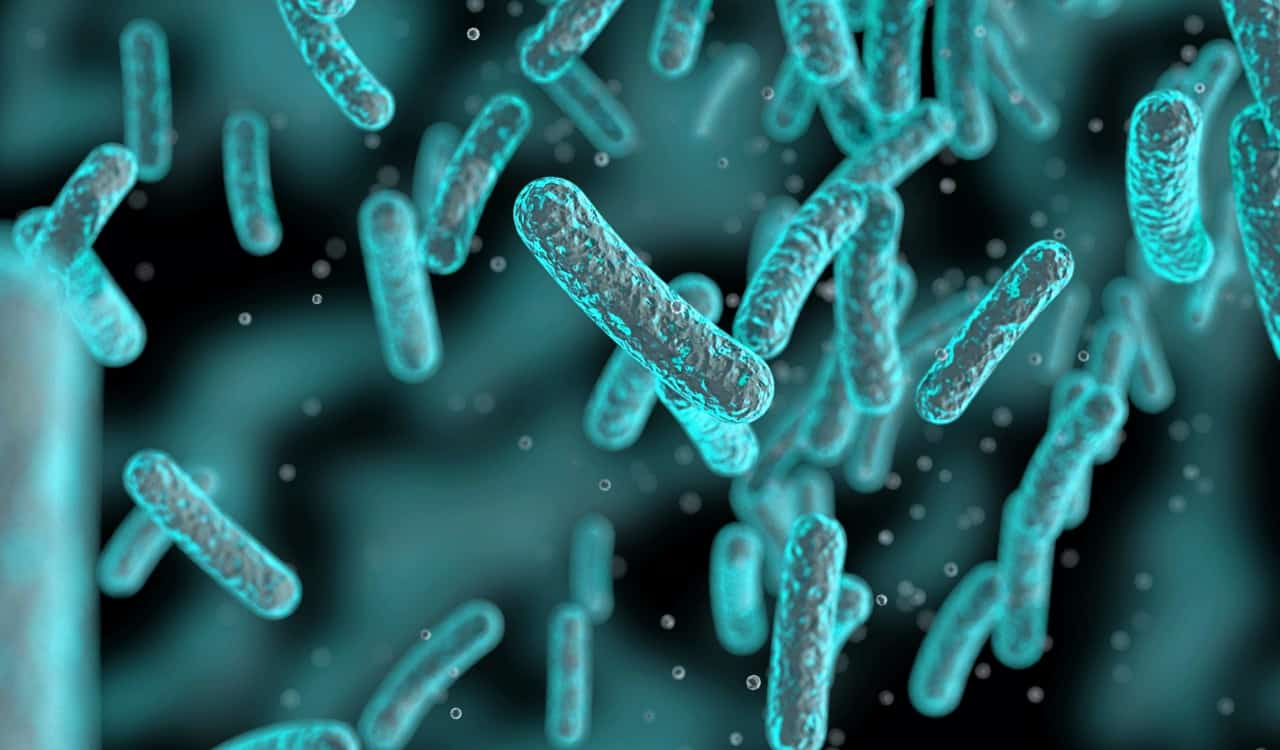
14. The Human Body Carries 10-Times More Bacterial Cells Than Human Cells
You might not know this, but you could fill a half-gallon container with all the bacteria inside our bodies. You actually have around 10 times more bacterial cells in your body than human cells. Knowing this, one could say you’re more bacteria than human. This is all according to Dr. Carolyn Bohach, a microbiologist for the University of Idaho. She claims that this is nothing to really worry about. A lot of the bacteria is actually good for the human body, and we even need them to keep living.
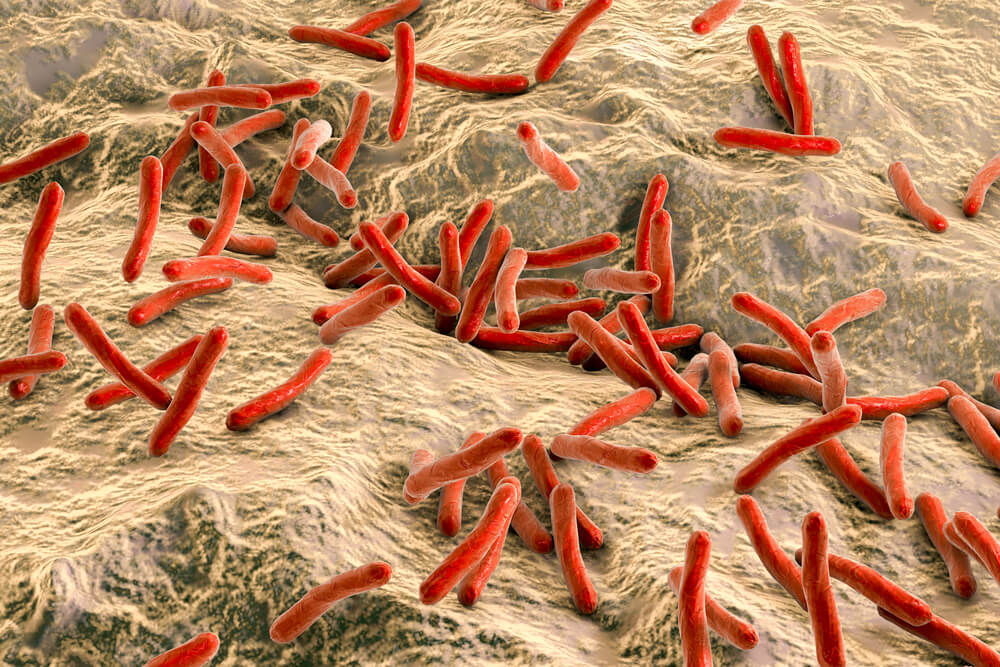
The bacteria have a lot of specialized jobs. Some are known to even produce specific chemicals that help human beings absorb and properly use the nutrients from the food we eat. A lot of this gives us the energy we use every single day. There are some forms of bacteria that we need to keep our immune system working properly. One of the most common is gut bacteria, which not only helps us properly digest food. It’ll also help your metabolism and produce certain vitamins.

15. The Betelgeuse Supernova Explosion Will Light Up Our Sky For Months, And It Could Happen Any Day Now
Betelgeuse happens to be the second-brightest star in the Orion Constellation. Yet it’s the tenth-brightest star overall in the night sky. It is incredibly large, coming in at 370 times the size of our own sun. The luminosity of the star is also 10,000 times greater than our Sun too. This is why we can see it so easily. Yet it’s 430 lightyears from the Earth. It would take us 37,200 years just to get one lightyear. Now combine that with 430 lightyears and you start to see the major distance Betelgeuse is from us, yet it maintains its brightness.

The Betelgeuse supergiant star will one day explode into a supernova that will be a heck of a sight to behold. Due to its size, we’ll know when it happens. The massive amount of light that comes with this explosion will light up our sky for at least 2 to 3 months, worldwide!! The crazy part is, Betelgeuse is close to the end of its life and could explode literally any day now.

16. Human Flesh Is Apparently Something Many Of Us Have Tasted Before… Ew.
Science facts like this will make you keep one eye open at night. Cannibalism is something most people look at as a last resort. Yet in some parts of the world, killing and eating humans is not uncommon. There are some tribes in Africa and South America that do this even today, but man is not first on the menu clearly. While most of us have never eaten human flesh before, we all wonder how someone can do it. However, the taste of humans is something that many of us have tasted before.

Human flesh is said to taste a lot like pork. In fact, it tastes so much like it that flesh from humans is referred to as “the long pork” in cannibalistic societies. We obviously have a lot of close connections to pork as humans. Pig valves are used to replace some heart valves in humans, and the skin of a pig is said to be as tough as our own skin. This is often why medical students will cut into pork as a way of practicing cutting into a human being if cadavers are not available. This very well could be why we have a similar structure to our meat but to taste like pork is weird, right? We should probably be careful eating bacon overseas at this point.
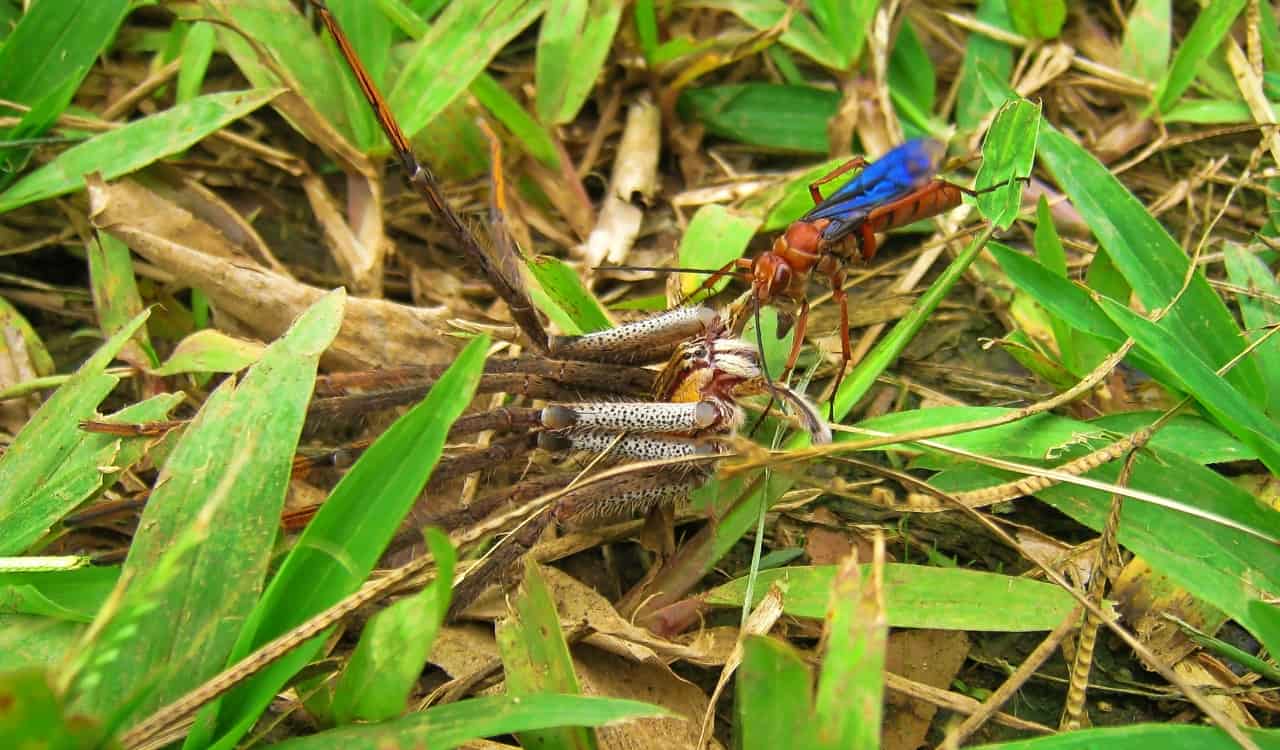
17. Some Insects Put Their Eggs Into Other Insects, Where The Eggs Hatch Inside And Eat Their Way Out
There are a few insects that are known for doing some, shall we say, “weird” things. Yet it is unlikely you’ll ever read science facts the same way again when you read what some specific insects do. One insect known as the Jewel Wasp finds a cockroach to lay its eggs in. To do this, they use their stinger to stab the cockroach in the brain rendering it motionless for a bit. Once the Wasp lays its eggs inside, the cockroach will be fine to move around like normal.
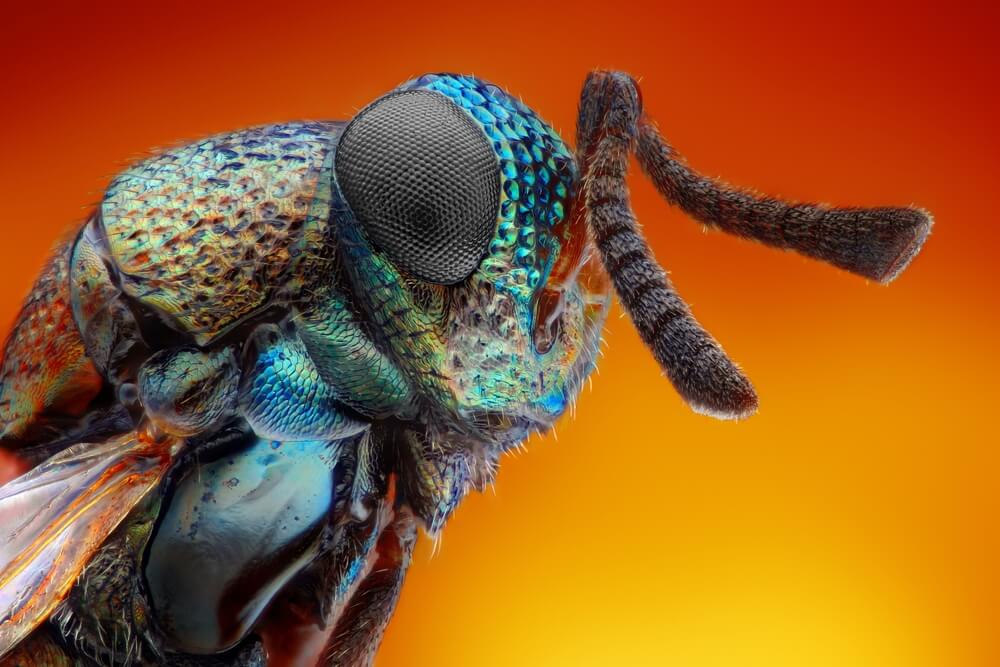
However, The Tarantula Hawk will sting & paralyze the Tarantula Spider then drag it back to its burrow. It’ll then cover the burrow upon leaving. The Tarantula is unable to move or go anywhere. It will eventually feel the wasp larva will hatch and slowly eat the tarantula completely in about a month. All of this, while the tarantula is paralyzed but feels absolutely everything. Science facts such as this make our skin crawl just writing about it!

18. Did You Ever Envy Old French Fashion? It Was Truly To Die For
Back during the French Revolution, there was a huge problem happening. A lot of people were being sent to their death via the guillotine. Others were just randomly shot during the major altercations that went down during this period of time. Due to all of this death, France was filled with numerous dead bodies. Of course, they could have burned them. Yet this would have taken away potential supply crafters could utilize. France was obviously going through a crazy period at the time.

Therefore, supplies were relatively low. Most trades with nations had to revolve around food items and not clothing supplies. Plus many were still poor. This led the French Government to allow these dead bodies to be skinned. The skin would then be tanned and used in numerous clothing items. Some human skin was used for pants while others were used for boots and jackets. It was incredibly effective and was used in a lot of commoner clothing items (and some aristocratic). Apparently, male skin was the one most preferred as it was seemingly tougher than female skin. As female skin seemed to be softer and thereby harder to make sturdy items with.

19. Some Of The Universe’s Most Pressing Questions Might Never Be Answered
It’s said that as science evolves and we learn more, the mysteries of our universe will no longer be a mystery. Yet this is not exactly accurate. In fact, we very well could have a lot of questions that’ll never be answered. However, this comes down to the issue of what we no longer have. As the universe expands, some parts of it also die off. Mankind as we know it today (Homo Erectus) has only been around for roughly 40 to 50,000 years. That is compared to the billions of years the Earth has been around.

Meaning, our universe is far older and there are parts of it that died and will never return. Some of this could have happened before any primate ever existed. This, in a nutshell, is the biggest issue. We have questions about many things. Yet imagine the universe like a book for school. You have to take a test on what you read but the chapters are ripped out. The universe is a lot like that, where chapters are missing and we have to guess on a lot of things. There is a reason a lot of our known science facts were “theories” for a while.

20. Reality Itself Likely Does Not Exist
We are all on the Earth at the same time, somehow managing to exist at the right time for life to work on this planet. However, it is possible the reality we all live in is a complete lie. You can thank Albert Einstein for this concept, as his Theory of Relativity tells us that time does not work the way we assume it does. If Einstein is correct, the past, present, and even the future itself do not truly exist. We assume reality is a thing because human beings are sharing the same timeframe.

However, the big thing here is that we share this time with others who are moving at similar speeds to us. If we pick up speed, like The Flash from DC Comics, time will move slower. In his case, he is able to go so fast that he could time travel. This is potentially possible, but no human moves at such immense speed. Therefore, time itself is what makes our assumed reality. Meanwhile, if we were to go to another planet…we’ll adjust to their speeds then we’d assume their reality. Meaning, “true reality” does not actually exist. The only thing that exists is time and how we adjust to it. Science facts like this one keep us up at night!

